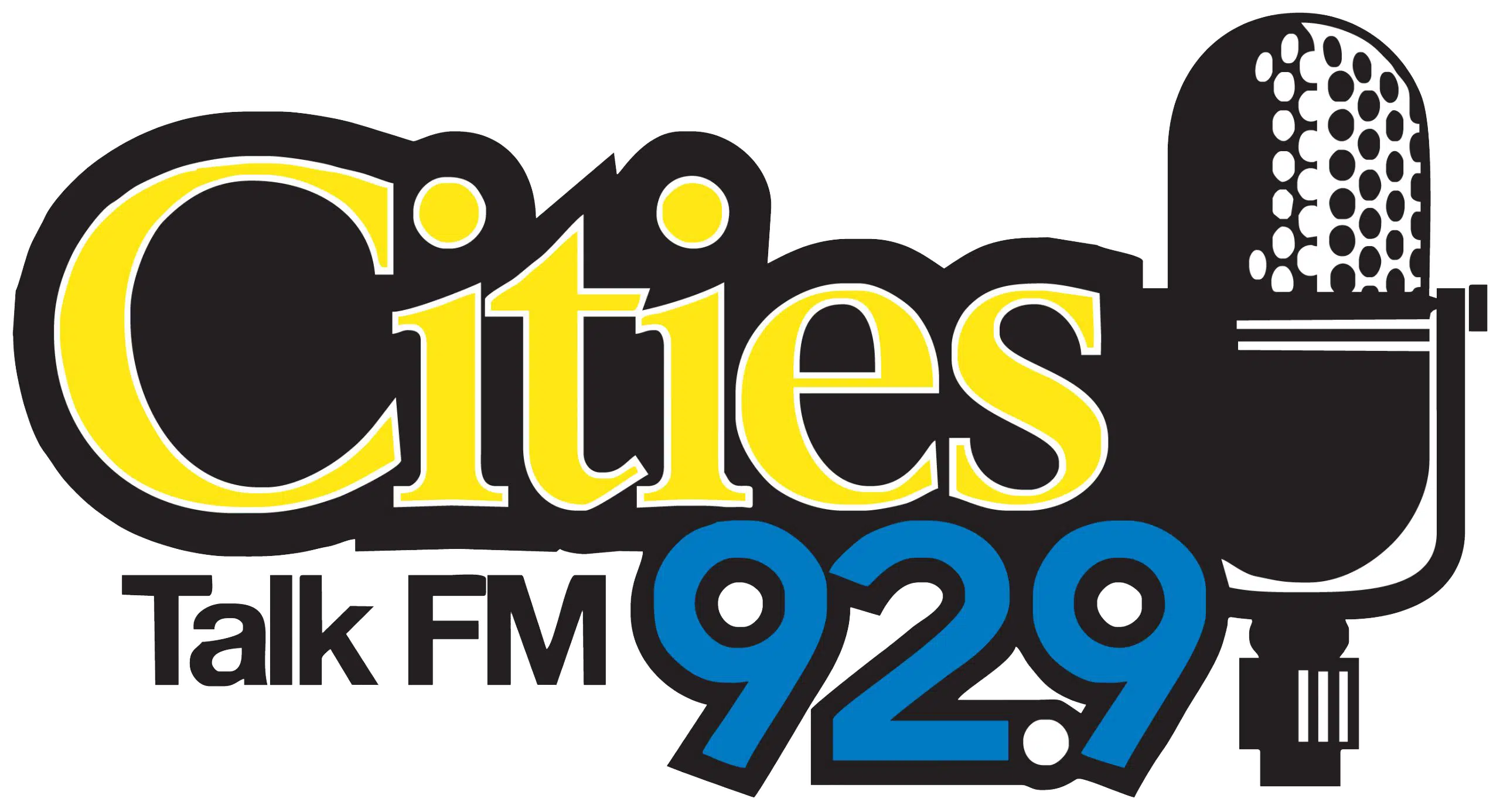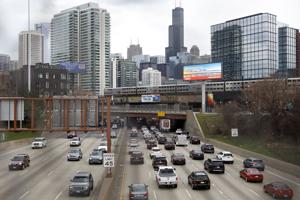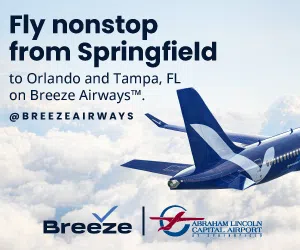(The Center Square) – The Regional Transportation Authority’s five-year strategic plan calls for consideration of 11 tax and fee hikes at a time when fewer people are using public transportation.
The transit agency said in the draft of the plan the tax increases are necessary to prevent the collapse of public transit in the Chicago area.
“Beginning in 2026, the system could face a $730 million annual budget gap,” according to the plan. “At nearly 20% of the annual expense budget, this gap will prohibit any additional improvements to the regional system.”
A taxpayer watchdog said the strategic plan failed to look at cost-cutting measures and was out of touch in a region that already has high taxes.
The RTA oversees the Chicago Transit Authority, Metra and Pace Suburban Bus. The agency laid out the proposals, which range from raising sales taxes to implementing a vehicle miles traveled tax, in a five-year regional strategic plan. It also analyzed the revenue-generating proposal using a series of metrics.
The plan further calls for changing a state law that requires CTA, Metra and Pace to recover a set amount of operational costs each year from riders through fares. That would shift more of the costs for operating the transit agencies on those who don’t use them.
“If the current funding model that is reliant upon fares is not changed and additional funding is not secured, the transit agencies will face an existential crisis that neither fare hikes or service cuts can solve while preserving a useful and equitable transit system for the region,” according to the plan.
The plan document includes a headline that says: “We refuse to let transit collapse on our watch.”
Fewer people are using public transportation. The declines started years ago, but accelerated rapidly during the COVID-19 pandemic. While some riders have returned, the RTA doesn’t expect ridership to return to pre-pandemic levels. Systemwide ridership was down 58% since March 2020, according RTA data from the end of November. That affects funding for the agencies going forward, especially after $3.5 billion federal relief funding runs out in 2025.
“Ridership crossed a million daily rides threshold in the fall of 2022. However, this return is not enough for fiscal stability and puts into question the reliance on fares moving forward,” according to the report. “Moreover, ridership isn’t expected to recover to 2019 levels for the foreseeable future.”
The funding proposals include a mix of ideas, some of which state lawmakers have considered in the past. Most of the proposals would require support from state and local elected officials.
The proposal that would bring in the most money each year is a sales tax hike. It calls for 0.25 percentage points increase the existing RTA sales tax levied on Cook County and Collar Counties in the RTA service area. That would bring in an estimated $300 million to $400 million per year.
Another option outlined in the plan is a $0.05 per gallon increase in the state’s motor fuel tax with revenues dedicated to transit operations. Illinois already has one of the highest motor fuel taxes in the nation behind California and Pennsylvania, according to a report from the American Petroleum Institute.
Also on the table:
A congestion pricing mechanism to levy a geographic and/or time-based toll or fee on travel on Chicago area highways into the cityExpanding the existing RTA sales tax to include servicesImplementing a vehicle miles traveled taxExpanding the Real Estate Transfer Tax from real estate transactions in Chicago to the entire RTA service areaA 5% increase in tolls on the Illinois TollwayIncreasing the vehicle registration fee for vehicles registered in the RTA service area by 10%Increasing the reduced fare reimbursement provided to transit agenciesEliminating the 1.5% surcharge on RTA sales tax receipts retained by the Illinois Department of Revenue
The strategic plan notes that even those might not be enough.
“The findings of the analysis demonstrate that no single funding proposal would be able to generate sufficient revenue to avert the projected fiscal cliff of $730 million in 2026 for the existing transit system let alone fund major improvements or expansions to the system that the public wants to see,” according to the report. “The region will need to explore options in these areas and/or pursue several additional state and local funding mechanisms. To close the financial gap and support future improvements, the region may also need to pursue dedicated federal assistance for transit operations.”
The RTA’s strategic plan is “desperation,” said Ted Dabrowski, president of Wirepoints.org, an independent nonprofit research organization based in Illinois. CTA, Metra and Pace are serving fewer people and the region’s taxes are already too high, he said.
“They have a system that is half empty, but they won’t talk about efficiency or cost-cutting,” Dabrowski said. “They are ignoring reality.”
The sales tax in Cook County stands at 10.25%, among the highest in the United States, according to the Tax Foundation. Raising it further would drive people out of the area and possibly out of the state, Dabrowski said.
RTA Executive Director Leanne Redden said the transit systems need new funding mechanisms.
“Almost overnight, the COVID-19 pandemic changed public transportation systems across the nation, and we are all working on solutions that rise to the occasion,” she said in a statement. “With ridership still not reaching pre-pandemic levels and federal relief dollars projected to run out at the end of 2025, we knew we needed to build a coalition to create a plan that addresses the needs of riders and maps out new ways to fund our unique system.”







